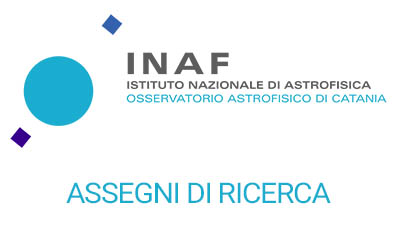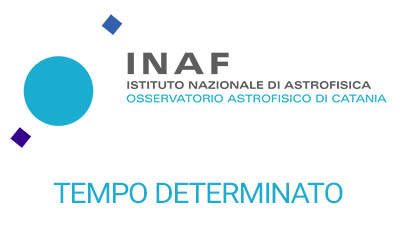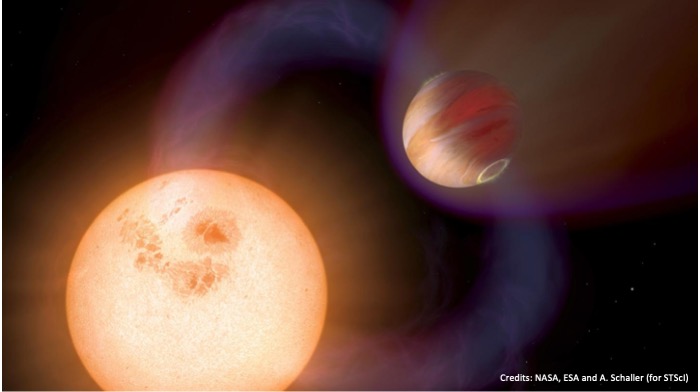Pubblica selezione per titoli ed eventuale colloquio per il conferimento di un assegno di ricerca “post dottorato” della durata di 12 mesi, eventualmente rinnovabile, dal titolo “System Engineering ed AIV per il Mini-Array del progetto ASTRI”, nell’ambito del progetto CTA/ASTRI Le domande dovranno pervenire esclusivamente via PEC all'indirizzo inafoacatania@pcert.postecert.it entro e non oltre le ore 13.00 […]
Calendario di Eventi
|
L
Lun
|
M
Mar
|
M
Mer
|
G
Gio
|
V
Ven
|
S
Sab
|
D
Dom
|
|---|---|---|---|---|---|---|
|
1 evento,
|
2 eventi,
Concorso pubblico per titoli ed esame, per il reclutamento di un tecnologo III livello professionale a tempo pieno e determinato di tipo A dal titolo "Software di controllo per Dish SKA e MeerKAT+" da usufruirsi presso l'Osservatorio Astrofisico di Catania Bando 102/2021 Allegati Esito (pubblicato l'8 luglio 2021) Approvazione Atti (pubblicato l'8 luglio 2021) |
3 eventi,
-
Most of the planets known today orbit around late-type main-sequence stars and are very close to their hosts (orbit semimajor axis < 0.2 astronomical units). Therefore, they strongly interact with them through gravitational tides, radiation, and magnetic fields as well as through the stellar winds and coronal mass ejections. Stellar magnetic fields control the high-energy radiation that is responsible for the evaporation of the atmospheres of close-by planets and that may produce the radius dichotomy observed in planets with radii smaller than 3.5-4.0 Earth radii. Moreover, stellar magnetic fields produce winds that lead to a steady loss of angular momentum from the systems braking stellar rotation and modifying the tidal evolution of planetary orbits. Finally, stellar magnetic fields may directly interact with planetary fields leading to observable effects in the stellar atmospheres in the optical and/or in the radio spectral domains. I shall briefly introduce such interactions focusing on some recent investigations that could provide information on planetary magnetic fields, in particular on those of close-by giant planets, the so-called hot Jupiters. |
||||
|
0 eventi,
|
0 eventi,
|
0 eventi,
|
||||
|
0 eventi,
|
0 eventi,
|
0 eventi,
|
0 eventi,
|
0 eventi,
|
0 eventi,
|
0 eventi,
|


